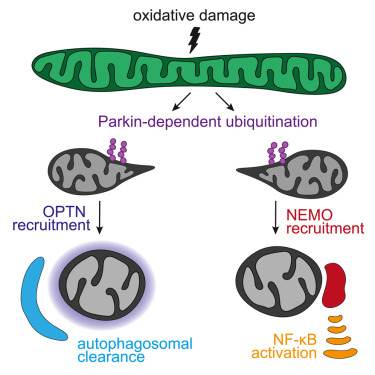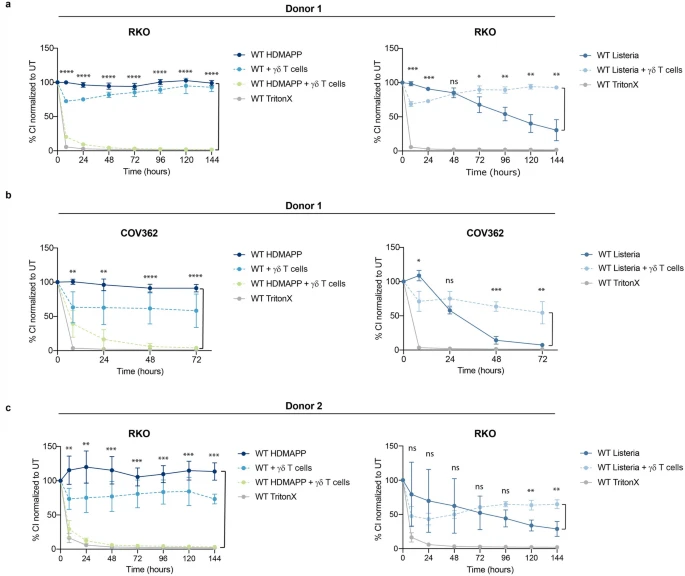In the mammalian embryo, epiblast cells must exit the naïve state and acquire formative pluripotency. This cell state transition is recapitulated by mouse embryonic stem cells (ESCs), which undergo pluripotency progression in defined conditions in vitro. However, our understanding of the molecular cascades and gene networks involved in the exit from naïve pluripotency remains fragmentary. Here, we employed a combination of genetic screens in haploid ESCs, CRISPR/Cas9 gene disruption, large-scale transcriptomics and computational systems biology to delineate the regulatory circuits governing naïve state exit. Transcriptome profiles for 73 ESC lines deficient for regulators of the exit from naïve pluripotency predominantly manifest delays on the trajectory from naïve to formative epiblast. We find that gene networks operative in ESCs are also active during transition from pre- to post-implantation epiblast in utero. We identified 496 naïve state-associated genes tightly connected to the in vivo epiblast state transition and largely conserved in primate embryos. Integrated analysis of mutant transcriptomes revealed funnelling of multiple gene activities into discrete regulatory modules. Finally, we delineate how intersections with signalling pathways direct this pivotal mammalian cell state transition.
Mol Cell 2023 Sep 7;83(17):3188-3204.e7
O. Harding, E. Holzer, J.F. Riley, S. Martens, E.L.F. Holzbaur
Mol Cell 2023 Sep 7;83(17):3188-3204.e7
O. Harding, E. Holzer, J.F. Riley, S. Martens, E.L.F. Holzbaur




